Our story
Fiskars was founded in 1649, and today is one of the oldest companies in Finland. Throughout the years we have held on to the things that unite our brands and make us unique; lasting design, superior craftsmanship, and an intimate understanding of the everyday. This is our story.
Fiskars Ironworks founded
When the ironworks were founded in Fiskars, Finland was under Swedish rule, and Sweden was one of Europe’s biggest producers of iron in the seventeenth century. In 1649, Peter Thorwöste was granted the privilege of setting up a blast furnace and bar hammer in Fiskars and for the manufacture of cast iron and forged products.
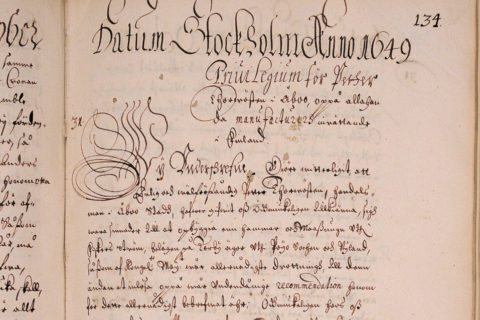
From ironworks to copperworks
In 1783, the ironworks was taken over by the Björkman family and production focused on processing copper ore from the nearby Orijärvi copper mine. By the nineteenth century there was little copper left to be mined in Orijärvi, so the blast furnace was closed in 1802. Since then there has been no basic iron manufacturing done in Fiskars Village.
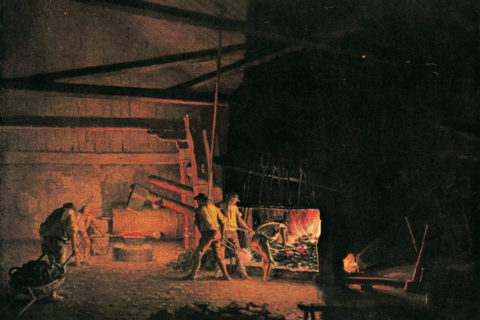
the Julin family era begins in Fiskars
In 1822 the apothecary Johan Jacob Julin (later, von Julin) from Turku bought Fiskars ironworks and village. In his time, the ironworks were actively developed and production focused on processing iron. With the 1832 founding in Fiskars of Finland’s first cutlery mill the production range increased from knives to include forks and scissors. The Fiskars tradition of implementing reform and innovation has its roots in this period. Many social reforms also took place during Julin’s ownership, during which the ironworks village got its own school and hospital. Farming in the village was greatly improved. Fiskars had a significant influence on the development of Finnish agriculture, and in its day the Fiskars plough workshop manufactured more than a million ploughs. Under Julin’s leadership, Fiskars became known for its farm and household implements, and the Fiskars name became synonymous with high quality.
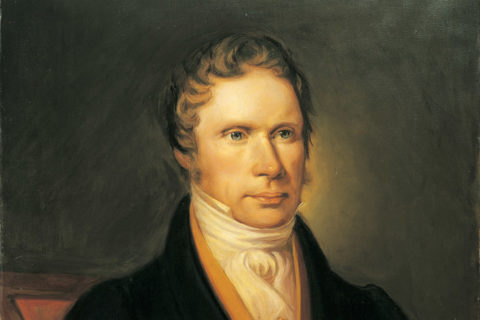
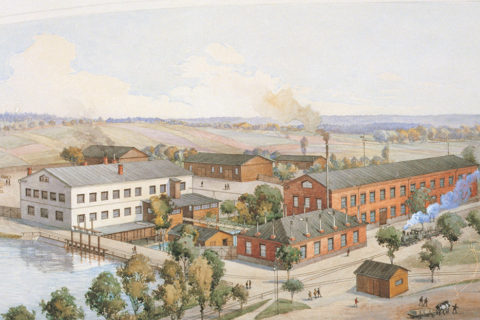
Fiskars becomes a limited company
After the death of J.J. Julin, the limited company Fiskars was founded. 1915 Fiskars was listed at Helsinki Stock Exchange.
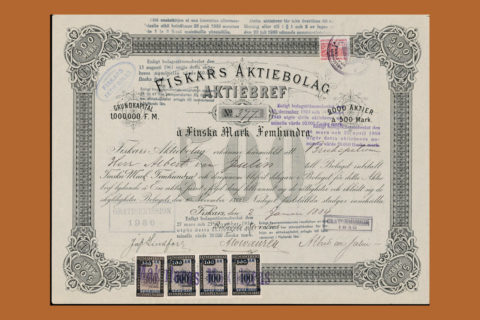
the great stock market crash and the recession
The Finnish economy suffered from the great stock market crash of 1929 and this slowed down expansion at Fiskars.
Not until the end of the Second World War did the Fiskars’ management team realize its plans for reforming the company structure to accommodate mass production.
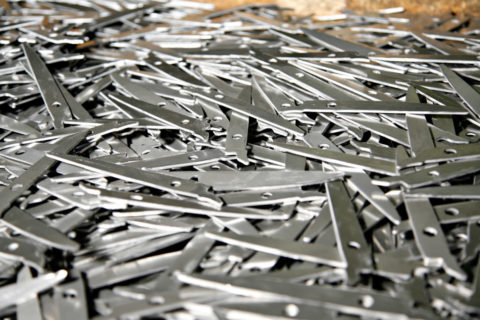
Fiskars manufactures the world's first plastic-handled scissors
The orange-handled scissors are one of Fiskars’ best known products. But how was it decided to make the handles of the scissors orange? In 1967 when the first basic models were about to be manufactured the designer wanted the scissors to be black, red or green. As the prototype went into production, the machinist decided to finish off the orange color he had in his machine. This meant prototypes were made in four different colors, of which the orange and black were most popular. A choice had to be made. An internal vote was taken at Fiskars, and the result gave birth to Fiskars orange-handled scissors.
Fiskars has registered the color orange in scissors in Finland, the United States and Canada.
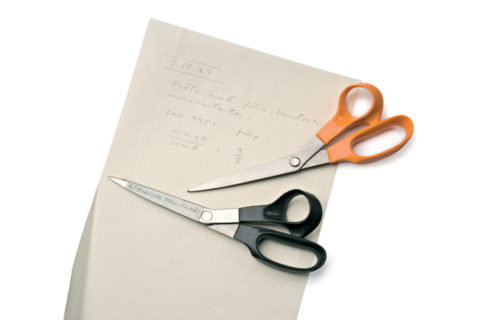
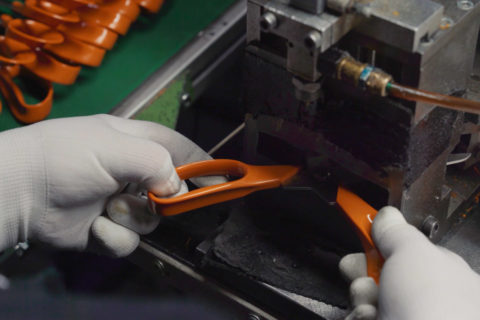
Fiskars scissors factory founded in the USA
Fiskars’ expansion began with the founding of a scissors factory in the United States. Setting up in the strongest economy in the world, the US, proved to be a successful choice. It has provided a basis for international trade, a growing market and valuable commercial and professional experience.
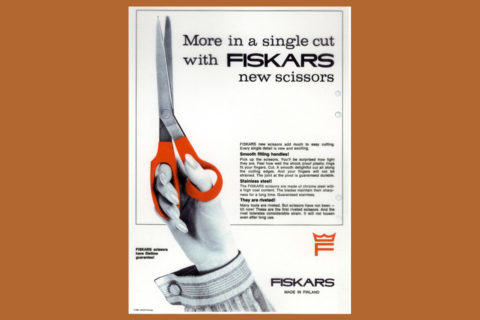
In the twenty-first century, Fiskars Group has focused on consumer products and grown through acquisitions. The acquisition of Iittala in 2007 strengthened Fiskars Groups’s position in kitchenware. The acquisition of Royal Copenhagen in 2013 complemented the dining offering with fine hand-painted porcelain and strengthened the company in the Nordic countries and in Asia. In 2015, Fiskars acquired the WWRD group of companies and its portfolio of iconic luxury home and lifestyle brands, which include Waterford, Wedgwood, Royal Doulton, Royal Albert and Rogaška. In 2023 Fiskars Group acquired the renowned Danish luxury lifestyle brand Georg Jensen.
Since 2008 Fiskars has consistently evolved towards a focused and efficient consumer goods company.
Fiskars Group today
Fiskars Group’s purpose is to make the everyday extraordinary. With our family of lifestyle brands including Fiskars, Georg Jensen, Royal Copenhagen, Wedgwood, Moomin Arabia, Gerber, Iittala and Waterford want to create a positive, lasting impact on our quality of life. Our products are available in more than 100 countries and we employ around 6,000 people in 30 countries.
